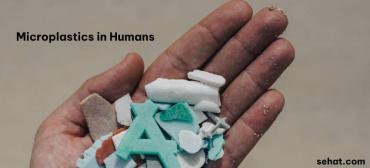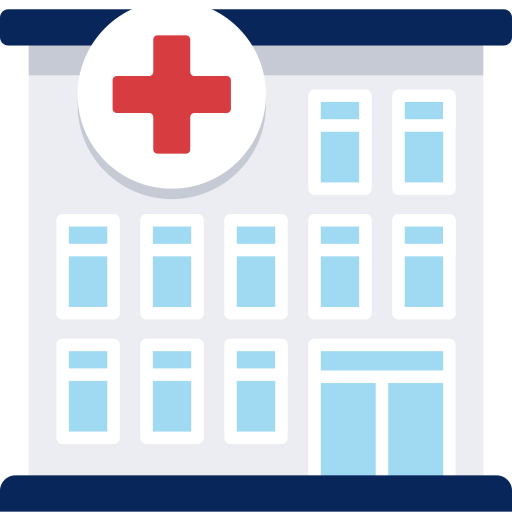Sinusitis
What are sinuses?
| |
| Click Image to Enlarge |
The sinuses are cavities, or air-filled pockets, that are near the nasal passage. The sinuses make mucus, which is a fluid that cleans the bacteria and other particles out of the air we breathe. There are four different types of sinuses:
-
Ethmoid sinus. Located inside the face, around the area of the bridge of the nose, it is is present at birth and continues to grow.
-
Maxillary sinus. Located inside the face, around the area of the cheeks, it is also present at birth and continues to grow.
-
Frontal sinus. Located inside the face, in the area of the forehead, it does not develop until around seven years of age.
-
Sphenoid sinus. Located deep in the face, behind the nose, it does not develop until adolescence.
What is sinusitis?
Sinusitis is an infection of the sinuses near the nose. These infections usually occur after a cold or after an allergic inflammation. There are four types of sinusitis:
-
Acute. Symptoms of this type of infection last less than four weeks and get better with the appropriate treatment.
-
Subacute. This type of infection does not get better with treatment initially, and symptoms last four to eight weeks.
-
Chronic. This type of infection happens with repeated acute infections or with previous infections that were inadequately treated. These symptoms last eight weeks or longer.
-
Recurrent. Three or more episodes of acute sinusitis occur a year.
What causes sinusitis?
Sometimes, a sinus infection happens after an upper respiratory infection (URI) or common cold. The URI causes inflammation of the nasal passages that can lead to obstruction of the opening of the paranasal sinuses, which can lead to infection in the sinuses. Allergic disease can also lead to sinusitis because of the swelling of the nasal tissue and increased production of mucus. There are other possible conditions that can block the normal flow of secretions out of the sinuses and can lead to sinusitis. These may include:
-
Abnormalities in the structure of the nose
-
Enlarged adenoids
-
Diving and swimming
-
Infections from a tooth
-
Trauma to the nose
-
Foreign objects that are stuck in the nose
-
Secondhand smoke
After the blockage of the flow of secretions from the sinuses, bacteria will sometimes begin to grow. This leads to a sinus infection, or sinusitis. The most common bacteria that cause sinusitis are:
-
Streptococcus pneumonia
-
Haemophilus influenzae
-
Moraxella catarrhalis
What are the symptoms of sinusitis?
The symptoms of sinusitis vary for each person, and depend greatly on the age of the individual. The following are the most common symptoms of sinusitis. However, each individual may experience symptoms differently. Symptoms may include:
Younger children:
-
Runny nose that lasts longer than seven to 10 days. The discharge is usually thick green or yellow, but can also be clear.
-
Nighttime cough
-
Occasional daytime cough
-
Swelling around the eyes
Older children and adults:
-
Runny nose or cold symptoms that last longer than seven to 10 days
-
Complaints of drip in the throat from the nose
-
Headaches
-
Facial discomfort
-
Bad breath
-
Cough
-
Fever
-
Sore throat
-
Swelling around the eye, worse in the morning
The symptoms of sinusitis may resemble other conditions or medical problems. Always consult a doctor for a diagnosis.
How is sinusitis diagnosed?
Usually, your doctor can diagnosis sinusitis based on your symptoms and physical examination. In some situations, additional tests may be performed to confirm the diagnosis. These may include:
-
Cultures from the nose
-
Sinus X-rays
-
Sinus computed tomography (CT or CAT scan). A diagnostic imaging procedure that uses a combination of X-rays and computer technology to produce horizontal, or axial, images (often called slices) of the body. A CT scan shows detailed images of any part of the body, including the bones, muscles, fat, and organs. CT scans are more detailed than general X-rays.
-
Blood tests
Treatment for sinusitis
Specific treatment for sinusitis will be determined by your doctor based on:
-
Your age, health, and medical history
-
Extent of the disease
-
Your tolerance for specific medications, procedures, or therapies
-
Expectations for the course of the disease
-
Your opinion or preference
-
Surgery
Treatment of sinusitis may include the following:
-
Acetaminophen for pain or discomfort
-
Nasal drops
Decongestants and antihistamines do not seem to help the symptoms of sinusitis.
Antibiotics may be withheld for 10 to 14 days, unless severe symptoms develop, such as fever, facial pain or tenderness, or swelling around the eye. Surgery should be considered only if other treatments have failed.
Referral to an allergist or immunologist is often needed, particularly for people with chronic or recurrent sinusitis and for patients who have had sinus surgery, but who still experience sinusitis.
Related Questions
Throat pain
- 3550 Days ago
- Ear, Nose and Throat Problems
No smell or taste
- 3567 Days ago
- Ear, Nose and Throat Problems





















